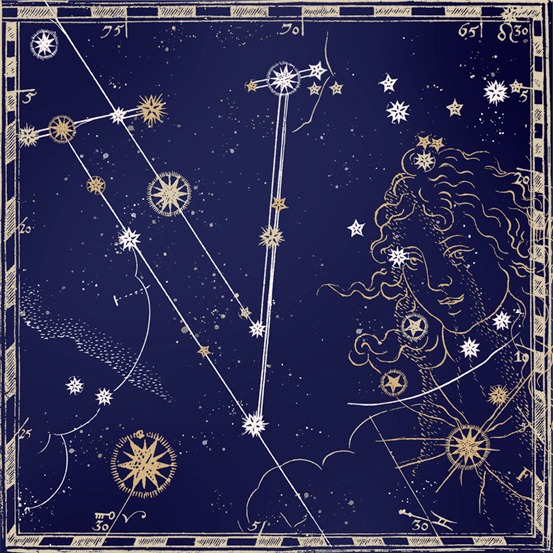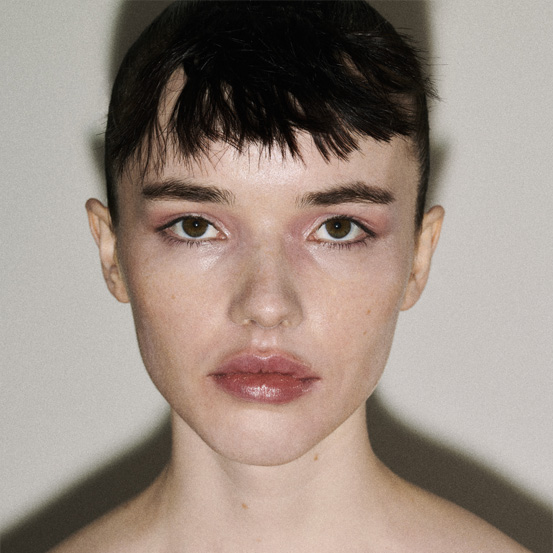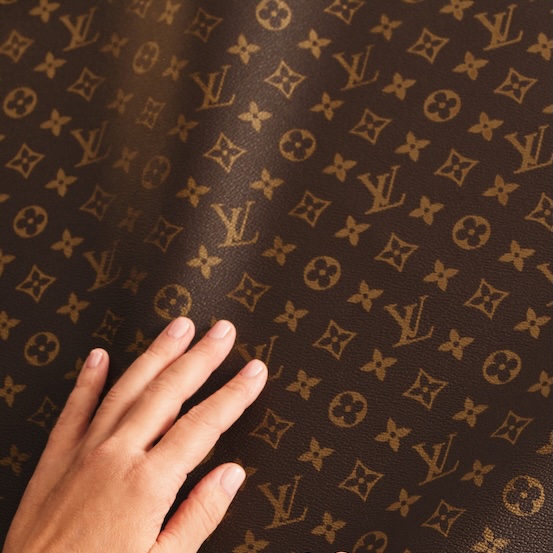Von Wolfe is a contemporary artist who is impossible to define. His provocative work fuses classical art history with pop culture, creating a unique visual language. This revolutionary creator reinterprets renowned works, from sculptures of ancient Rome to the Old Masters era, and challenges conventional notions of art and its boundaries by redefining them.
Von Wolfe is a contemporary artist who is impossible to define. His provocative work fuses classical art history with pop culture, creating a unique visual language. This revolutionary creator reinterprets renowned works, from sculptures of ancient Rome to the Old Masters era, and challenges conventional notions of art and its boundaries by redefining them.
“If given the opportunity, I would be honoured to collaborate with Theodore Gericault [...]. However, I must acknowledge that the artists I truly admire, such as Phidias, Sappho, and Myron, are on a level that I could not hope to match. Collaborating with them would be like a river attempting to be an ocean”, Von Wolfe confesses to us as he answers our many questions and curiosities. He is a talented and intriguing artist, who doesn't fit into boxes or "-isms", because defining him in a few words would be unfair, to say the least. In fact, not even he himself feels the need to do so: he doesn't have one single style or medium, he is versatile, multifaceted, and has a vision of the world that only a true artist could have. Although many of his inspirations come from the past, he has his eyes set on the future. He uses the best of technology through his digital broadcast models, which assist him in his mission to reinterpret history. Then, his unique perspective gives a fresh, playful and intriguing twist to his creations. To talk with Von Wolfe is to attend an authentic masterclass, not only of art, not only of history, but also of philosophy.
How did you find your unique aesthetic? When I was just out of my teens, I discovered a method for generating ideas that has since become a fundamental part of my creative process. I was walking on the castellated wall of the city of York [...], and, one day, something very odd caught my eye. It was like a miniature Lassco cave painting, with many wild beasts and people crowded together in a small space around the size of my hand. Each day, I returned to the same spot, and sure enough, it was still there. When I pointed it out to a friend, they said they couldn't see it, but to me, it was clear as a bell [...]. I endeavoured to make a replica of this piece of wall and I noticed that I saw more clearly when I focused on very small parts of the textured surface and could see more coherence this way. This led me to begin making thousands of very small drawings, each the size of my fingernail. Over time, I transferred this method from the physical realm to the digital realm, and finally, the algorithms caught up with me with AI. Now, I can generate thousands of ideas as if in a Petri dish, seen through a microscope. I can then decide upon the variance of each image and its unique traits. At this point, I can detect the "outliers," circle them, and focus in on the maverick images. This method of generating ideas has been transformative for my creative process, allowing me to see things that others may miss and providing me with a never-ending source of inspiration. It has also taught me to appreciate the small details and to find beauty and meaning in unexpected places. By embracing this method, I have been able to push the boundaries of my creativity.
Your work features many different motifs and mediums. What draws you to create a particular piece? I find the motif of a repeating pattern or theme to be of utmost importance. I approach each piece with a fresh perspective, but one that is still familiar to the viewer. One of the themes I often explore is a woman in an English garden [...]. I follow the conventions of a genre piece but take advantage of the liberties afforded to me. The women depicted are often intense and self-aware, rarely passive, and frequently in positions of power. I contrast their unfiltered emotions with the ordered topiaries of a Palladian garden or their elegant clothing. [...] What makes my work unique is the psychological relationship between the emotions portrayed and their contrast with the orderly and rational settings.
Is there a particular message you would like to convey with your pieces, or do you create "l'art pour l'art"? I see my work as a way to comment on and reflect societal values. I don't feel the need to force my work to fit current news events, but I understand that once a piece enters the public realm, it can take on a spectral density, as French philosopher Jacques Derrida referred to it. One example of this phenomenon is my portrait of a screaming woman. When I shared it on social media, many people commented on how it represented the voices of women who are suffering and tortured, particularly in Iran. While my initial inspiration may have been a contemporary interpretation of Mary Magdalene, the public imbued the image with their own meaning and context. I believe that art should have a purpose beyond just aesthetic pleasure, and that it should engage with the world around us. However, I also recognize that the public's interpretation of a work of art can be unpredictable and powerful, shaping its meaning in ways the artist never intended
This issue of Vogue Portugal is related to the theme of revolution. What, for you, is the role of art in revolutions? Art has played a crucial role in revolutions throughout history. Revolution is often accompanied by a desire for change, and artists have used their creativity to challenge the status quo, express dissenting views, and call for social and political change. Art can take many forms in revolutions, including protest art, street art, murals, graffiti, music, poetry, and performance. It can be used to raise awareness, provoke thought, and challenge the dominant narrative. In some cases, it can also serve as a tool for resistance and a means of subverting oppressive systems and institutions. However, art can also be co-opted by those in power to serve their own interests, such as propaganda and censorship. As such, it is important for artists to remain aware of the power dynamics at play and to use their art in a way that serves the interests of the people, rather than the ruling elite.
I would say that we are witnessing an artistic revolution, especially considering the power of artificial intelligence (AI) and of NFTs, which you also create. How do you see this scenario? AI is an incredible tool that can augment an artist's skills and capabilities. With its ability to analyse vast amounts of data and generate new ideas, AI can assist artists in pushing the boundaries of their art and exploring new creative avenues. It can help artists expand their skills sets and enhance their existing artistic abilities, leading to new and exciting artistic possibilities. It is truly an exciting time for artists to embrace AI and all that it can offer in the pursuit of artistic excellence. NFTs open up a whole new world of possibilities for artists to earn a living from their work. This revolution is breaking down barriers and democratizing the art world like never before. I can't wait to see what the future holds!
What is the fundamental role of an artist today, since we live in a reality where (almost) everything can be artificially created? In the contemporary era, art has evolved to become a collaborative effort between humans and AI. While AI can replicate and offer unique perspectives in the creative process, humans still hold a crucial role as artists. AI and humans have equal ability to create, yet they possess different strengths that can complement each other in the artistic world. This collaboration has resulted in new and exciting forms of art that have the potential to revolutionize art history.
Originally translated from The Revolution Issue, published April 2023.Full stories and credits on the print issue.
Most popular

O que lhe reservam os astros para a semana de 30 de dezembro a 5 de janeiro
30 Dec 2025
.jpg)
.jpg)
Relacionados
.jpg)


Louis Vuitton: aniversário do icónico Monogram celebra-se com muitas novidades
01 Jan 2026


.jpg)